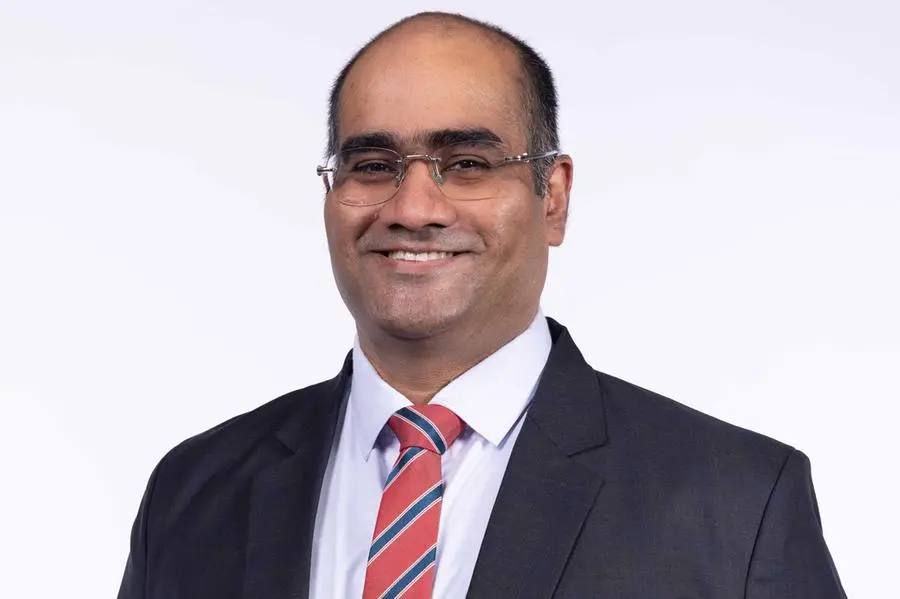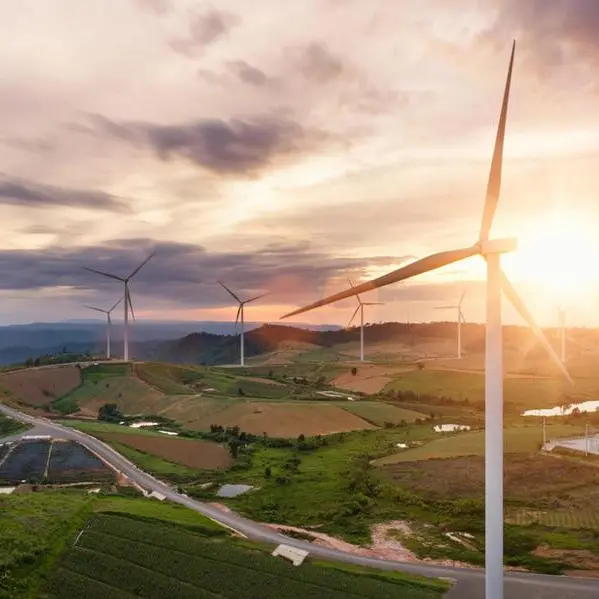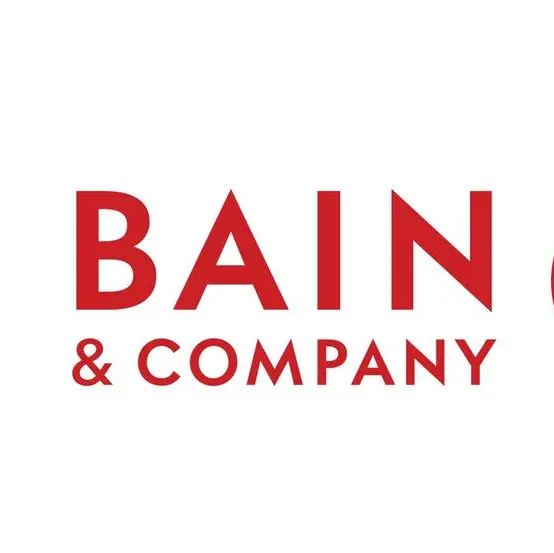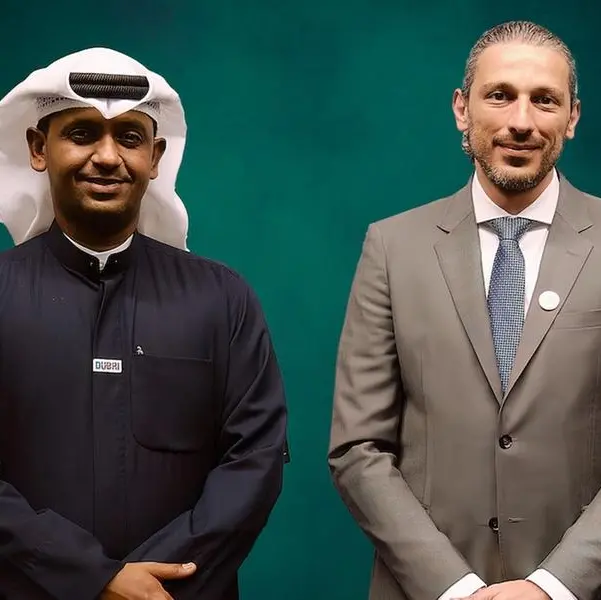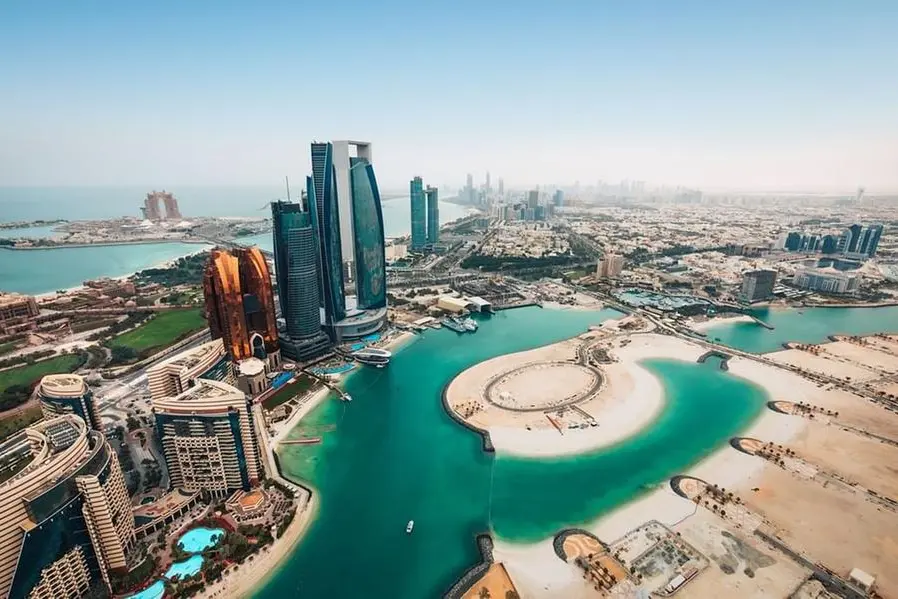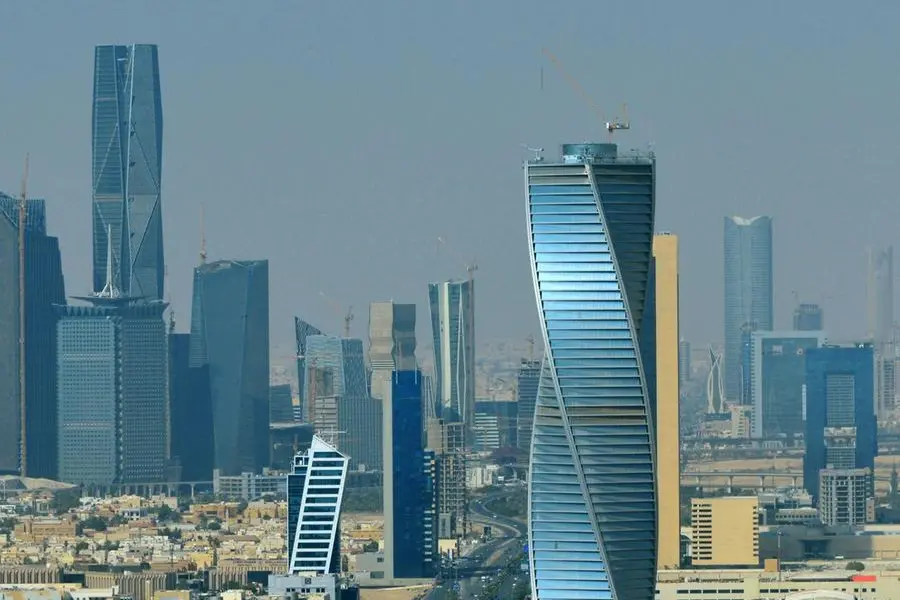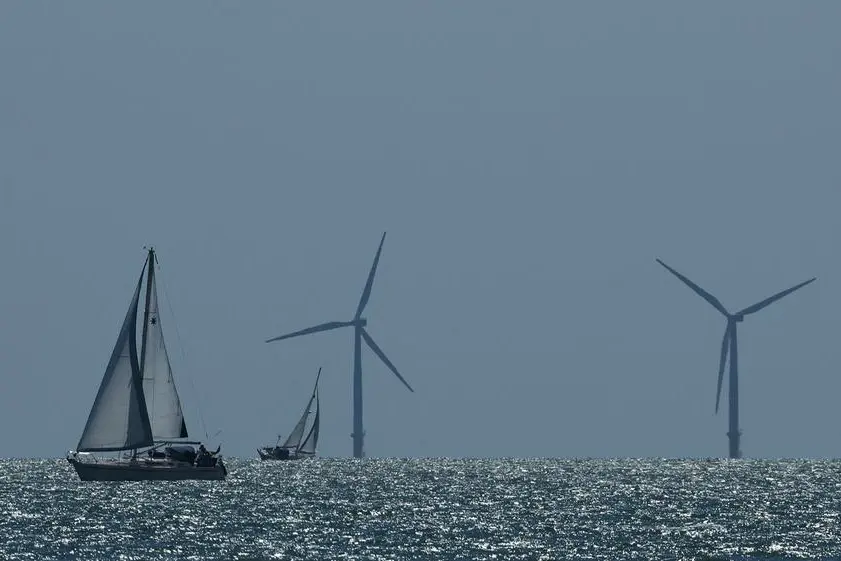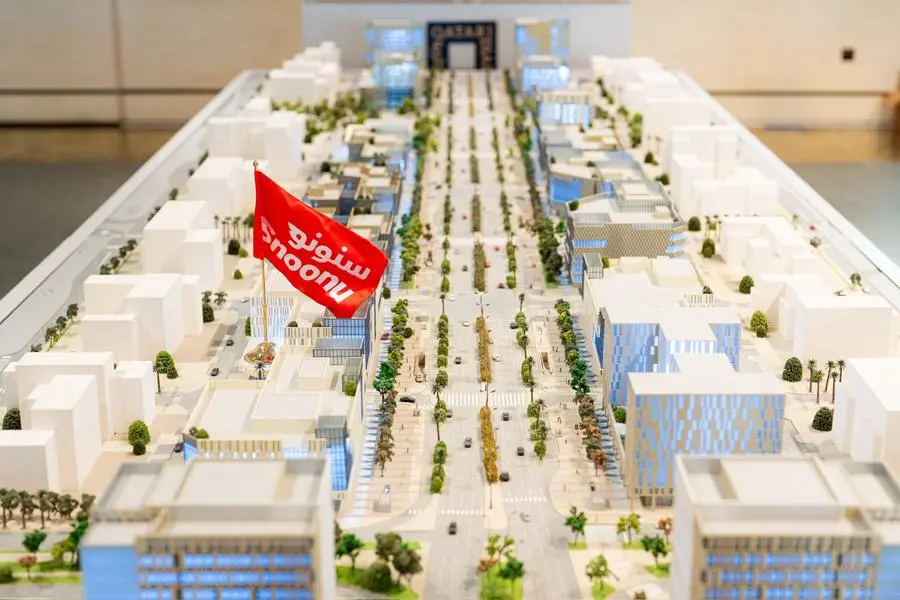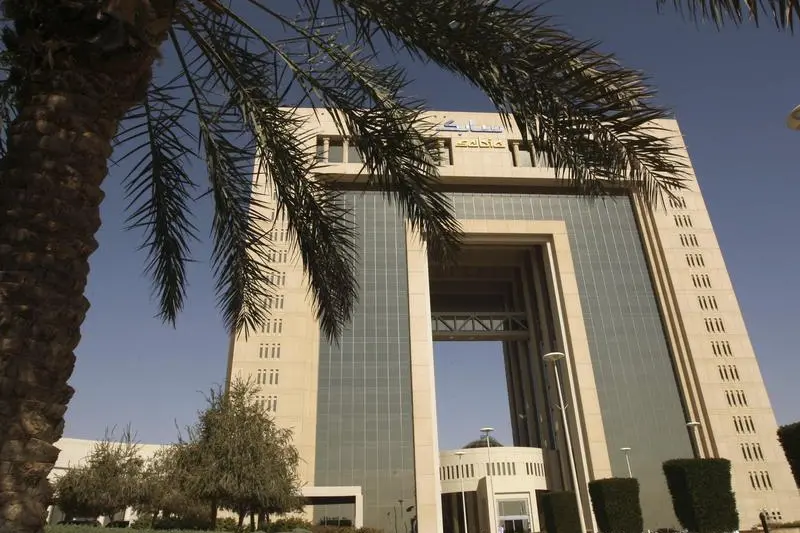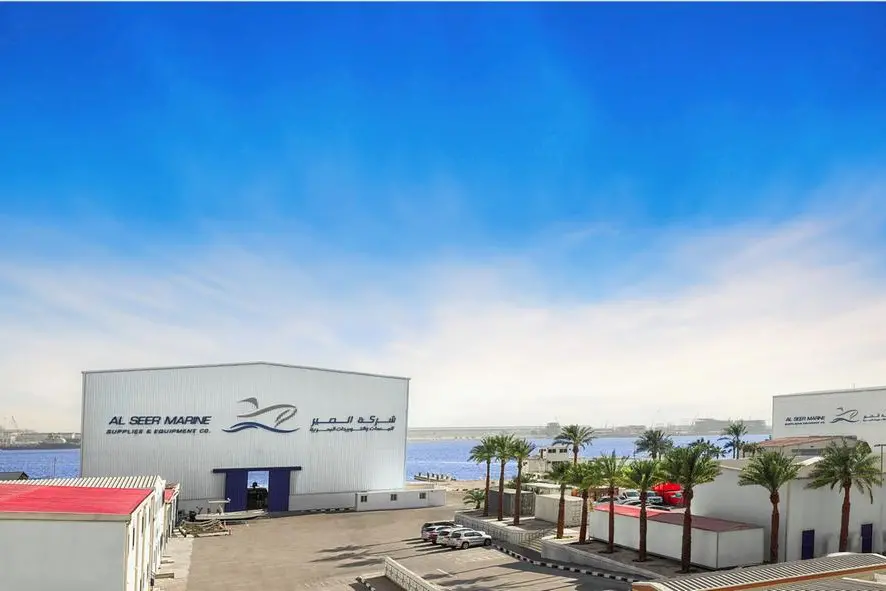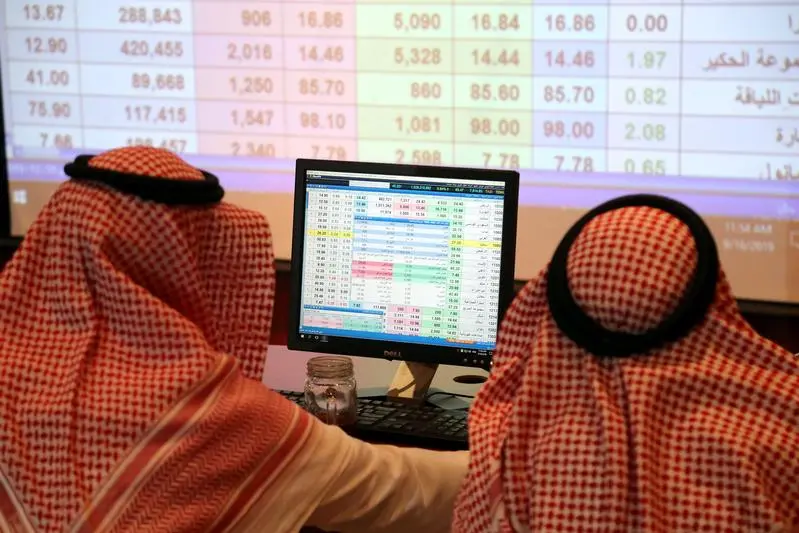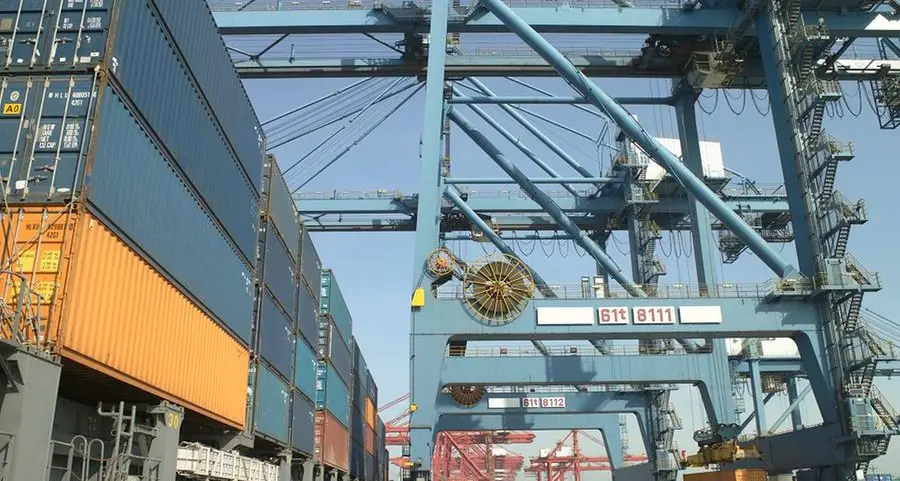PHOTO
Imran Shaik, Director — Deal Advisory and Head of Infrastructure, KPMG Kuwait. Image Courtesy: KPMG
Kuwait: As infrastructure becomes more central to Kuwait’s developmental aspirations, KPMG Kuwait released its much-anticipated thought leadership publication Emerging Trends in Infrastructure: Perspectives from Kuwait. The report identifies eight global trends across geopolitics, technology, energy transitions, and regulatory frameworks, among others, which hold the potential to influence Kuwait’s infrastructure sector in near future.
Talking about the report, Imran Shaik, Director — Deal Advisory and Head of Infrastructure, KPMG Kuwait, said:
“We are pleased to announce the launch of our infrastructure report. In the past few years, Kuwait’s infrastructure agenda has really emerged to the fore, underlining its importance in driving the nation’s development ambitions as set out in Kuwait Vision 2035 and otherwise. Having spoken to various stakeholders, it’s safe to say there exists a collective confidence with respect to Kuwait’s infrastructure outlook, not discounting that the completion and delivery of at-hand projects will be crucial in maintaining and further enhancing the credibility necessary to attract greater interest from market participants across the board to help translate Kuwait's infrastructure ambitions into a resounding success.”
The KPMG publication outlined that Kuwait’s infrastructure outlook remains largely positive due to enterprising projects such as the Kuwait National Railroad Project, Kuwait Entertainment City, PAHW’s Affordable Housing with more than 9,800 homes, Al Jahra Waterfront, Waste Treatment Project and the Redevelopment of Mubarak Port. As per media reports, in April 2024, Kuwait approved 36 infrastructure projects in its 2024–2025 budget for a combined value of US$ 1.4bn1[1]. BMI also forecast that Kuwait’s construction industry is expected to achieve a growth of 3.9% in 2024 and 3.4% in 2025, marking the return of investment in the oil and gas industry and the progress made in large-scale transport and energy infrastructure projects.
Despite the optimism in Kuwait’s infrastructure sector driven by its project pipeline, there’s also a regulatory need to ensure local and international bidders contribute to the local economy. This finding emerged from KPMG’s discussions with some of Kuwait’s notable infrastructure personalities who addressed pertinent issues facing its infrastructure sector like public-private partnerships, the regulatory landscape, race towards sustainability and ESG adoption, and the future of public transport.
These personalities were: (i) Nayef AlHaddad, Manager of Research and Strategic Planning Department, Kuwait Authority for Partnership Projects (KAPP); (ii) Ibrahim Sattout, Partner, ASAR – Al Ruwayeh & Partners, (iii) Yasmeen AlKandari, Co-Founder and CEO, SEEDS Co.; and (iv) Jassim Al Awadhi, Founder and Initiative Director, Kuwait Commute.
In identifying the trends, the report emphasized that to fulfil the huge need to change the energy mix, climate, economies, global trade patterns, cities, technology and social equity against a dynamic backdrop, it’s paramount that there be a shift in how infrastructure is planned, funded, developed and operated.
Here’s a summary of the trends identified in Emerging Trends in Infrastructure:
Trend 1: A broader focus for the Just Transition
As the world tries to transition into a clean energy future, there’s an opportunity for the society to ensure that this change is just, fair and equitable — and that the conversation around it is not restricted to jobs. KPMG professionals believe that infrastructure investors, owner and operators, developers, and regulators may have a key role to play in this as they will have the chance to drive a broader impact by shaping the capital flows, influencing value expectations, ensuring supply chains and approaches are diversified and sustainable, and fulfilling consumer rights and expectations.
Trend 2: A turn in geopolitics
As geopolitical and economic uncertainty increases, it’s likely that infrastructure players and investors will be keener to seek ways to measure, manage and mitigate uncertainty-based risks. However, the hope is that global leaders and policymakers will seek more ways to collaborate than compete, and develop partnerships that focus on leveraging technology, innovative and alternate capital and broader policy alignment to drive growth.
Trend 3: The rise of philanthropic capital
The fiscal supports and economic impacts of the pandemic led to a slowdown in global infrastructure funding. As a result, more investment is needed to meet stated objectives globally. That’s why philanthropic investors, in collaboration with multi-lateral development banks and development agencies, are leveraging their financial strength to gather more private sector capital into projects using forms of ‘blended finance’. If successful, this could lead to a higher inflow of projects, particularly in the emerging markets.
Trend 4: Towards the Infrastructure Mesh
The continued shift towards infrastructure decentralization, combined with the increased recognition of the imbalance in city centers with respect to access and opportunity, is urging designers and developers to rethink, if not reinvent, their approaches. Consequently, they are looking to identify ways to embed whole system thinking into their designs and connectivity into their models.
Trend 5: Contracting for technology
Technology is being increasingly viewed as a means to maximize the value of existing assets and investments, considering more governments and international institutions are focusing sharply on how they might contract for innovation and technology better. Although digital transformation in the sector has been relatively slow compared to others, the belief is modern construction methods and technologies will be implemented more in the sector and the potential benefits of artificial intelligence will show up soon.
Trend 6: Driving the energy transition
The report shares that with the path to Net Zero becoming more complicated, politicians and investors are expected to increase pressure. At the same time, the prediction is that regulators will get better at forcing the issue and consumers will become more open to bearing the financial costs. This change is also expected to seep into global institutions that will look to create innovative mechanisms and programs to attract more capital into energy transition initiatives in the emerging markets.
Trend 7: Reforming the regulatory remit
KPMG professionals also believe regulator scope has broadened to include risks like cyber security, decarbonization, financing and innovation, and expect to reach a degree of regulatory reform, driven by the collaboration of regulators and governments. This will need a talent and skill mix that can manage emerging technologies and create innovative mechanisms, along with regulators with a greater breadth of responsibility that’s within clearer political expectations.
Trend 8: The next frontier
The report concludes that while technological progress may not seem apparent, it’s happening in shorter cycles and with greater impact. The expectation is that governments and infrastructure planners will look to place greater emphasis on making their infrastructure designs and assets more flexible to prevent technological disruption and enable better use of existing investments for longer and the confidence to grapple disruption should it come.
For more details, visit kpmg.com/kw
[1] ZAWYA, Kuwait’s 2024-2025 budget includes $1.4bln projects
